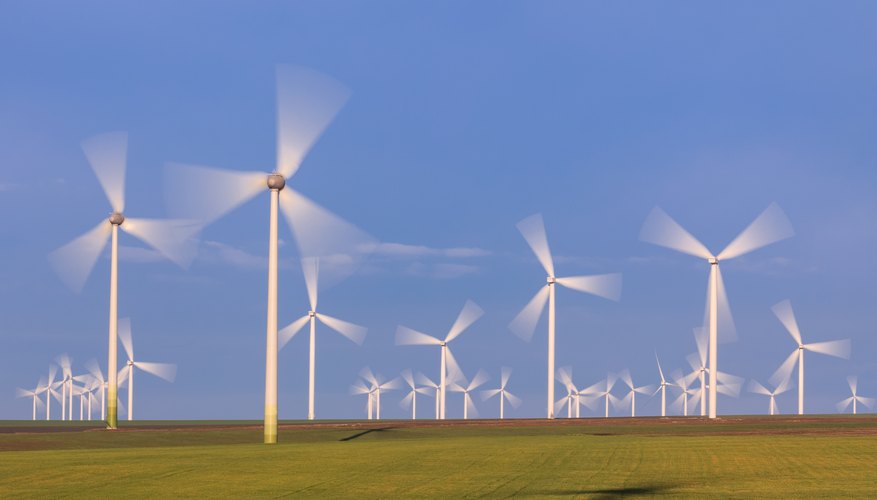Creating Effective Wind Turbine Technologies
A rise in energy demands prompted scientists at Penn State Behrend and the University of Tabriz, Iran to create an algorithm for designing more efficient wind farms that can help to generate more revenue and renewable energy.
Although current wind turbines are efficient—they may actually reduce efficiency if the wind farm layout is not properly designed. “Wind energy is on the rise, and not just in the US," explains Mohammad Rasouli, an assistant professor of electrical engineering at Penn State Erie, the Behrend College. "The efficiency of solar panels is less than 25 percent, and is still a subject of current research. Wind turbines, on the other hand, are much more efficient and convert over 45 percent of the wind energy to electricity."
Wind speed, turbine spacing, land size, and geography are just a few of the many factors that have to be taken to consideration when building more efficient wind farms.
“This is a multi-objective approach," says Rasouli. "We have a function and we want to optimize it while taking into account various constraints."
One of the approaches focused by the researchers is known as "biogeographical-based optimization, (BBO)". The BBO, developed in 2008, is inspired by animal behavior—specifically, how animals distribute themselves to make the most efficient use of their environment based on needs. For this study, the BBO made it possible for researchers to calculate the optimal distribution of turbines on a wind farm.
Watch this short video below to learn more about wind turbines:
"Analytical methods require a lot of computation," said Rasouli. "This BBO method minimizes computation and gives better results, finding the optimum solution at less computational cost."
Results of the study were published in the Journal of Cleaner Production.
Additionally, researchers worked to improve the BBO approach through the integration of a more realistic model for wakes calculations, which are regions with slower wing speeds present after the wind blows past a turbine.
"This is a more realistic optimization approach compared to some of the simplifying methods that are out there," said Rasouli. "This would be better to customers, to manufacturers, and to grid-style, larger-size wind farms."
The study will help optimize many wind farm layouts across man geographical locations.
"There is an end time for fossil fuels," said Rasouli. "With this and upcoming methods or better optimization approaches, we can make better use of wind energy."
Source: Science Daily, Journal of Cleaner Production









